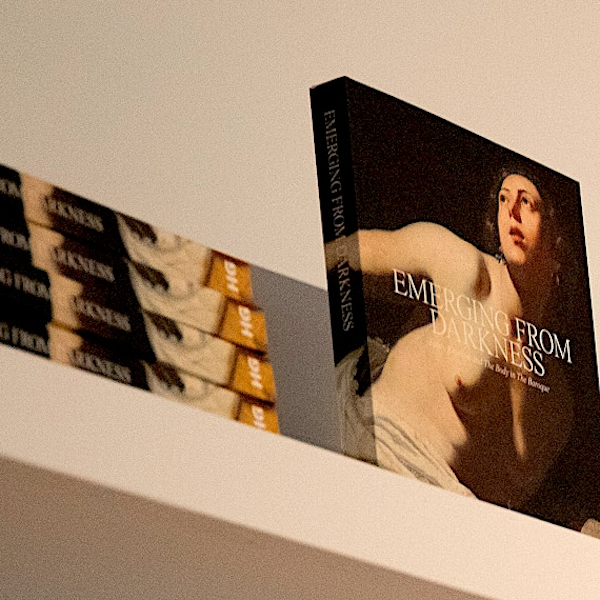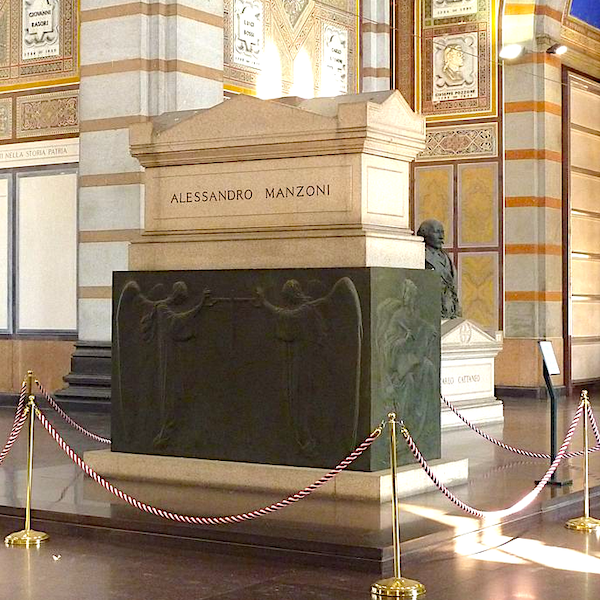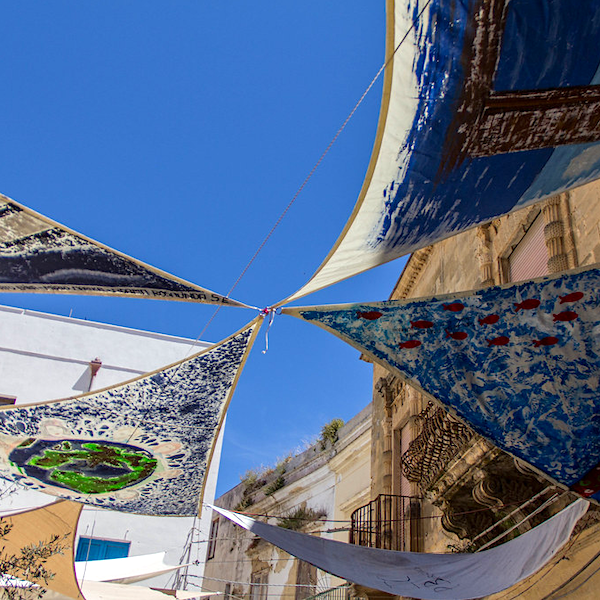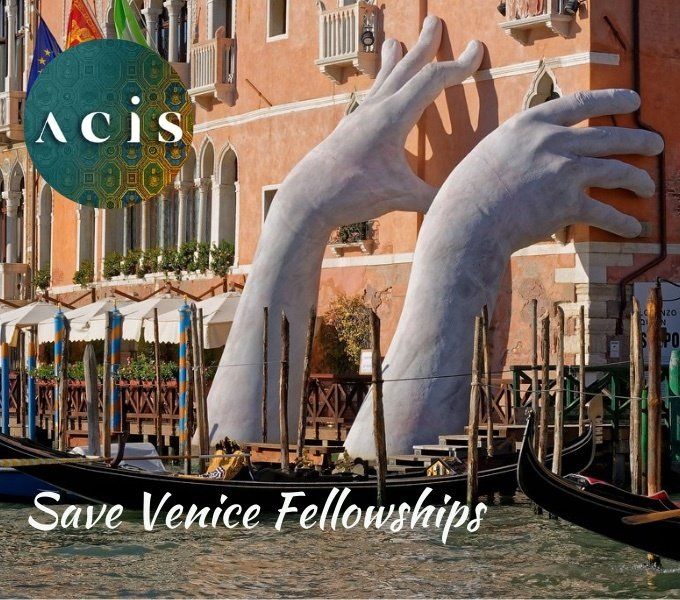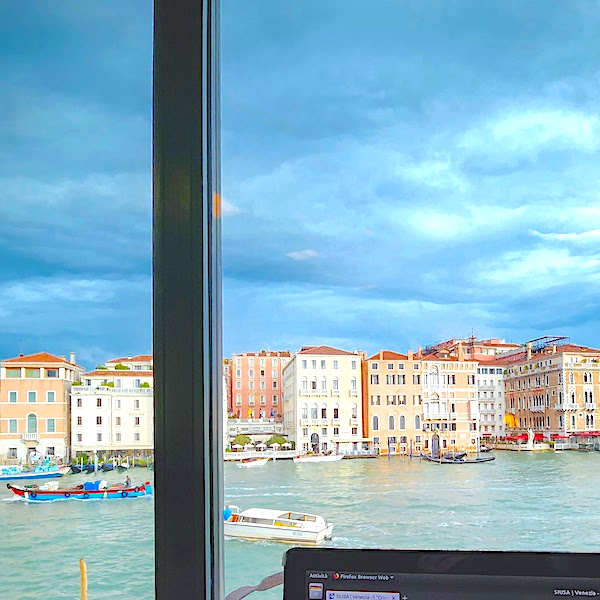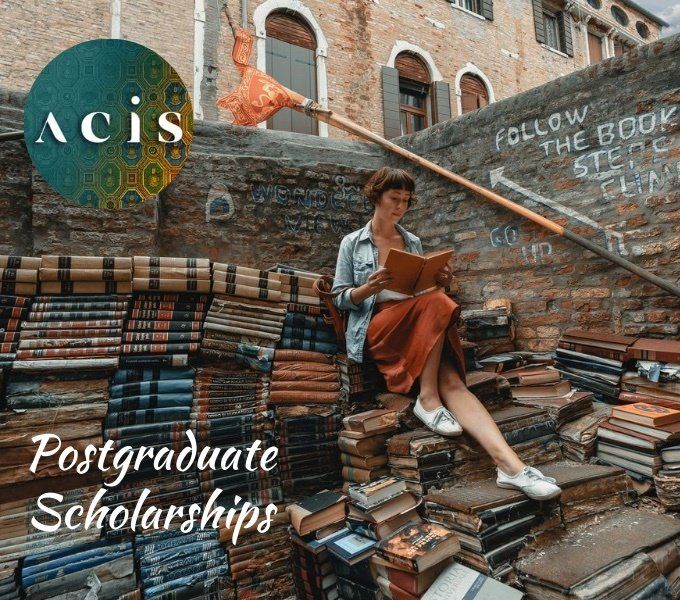Life studies? Italian art in Australia
Simona Albanese Brisbane
Did Italian artworks, now to be seen in many galleries across Australia, play any part in creating a sense of identity for Italians here? Should those Italian artists whose works became available to Australian eyes be considered among the earliest Italian immigrants?
G.B.Tiepolo, The Banquet of Cleopatra (1744)
Such questions about the social role of Italian art in Australia have not yet been formulated in quite this way. The role of art galleries and museums in wider projects of moral education and the rituals of citizenship elsewhere is well-known, especially in the wake of the opening-up of royal and private collections to the public gaze in the 18th and 19th centuries. The Louvre, to which the public was originally given free access three days a week, opened in 1793 as a contribution to the cultural dimension of the French Revolution. Earlier in the century the Medici collection in Florence had been opened to the public in 1765 (previously it had only been accessible by visitors on request) some thirty years after the last member of the Medici family, Anna Maria Luisa, had signed an agreement that nothing from her art collection, which she had inherited from her brother in 1737, would be removed from Florence and would remain the property of the Tuscan state. Such examples were followed elsewhere in Europe and overseas where galleries and museum were created in order to display and conserve the artistic achievements of the new nation-states. The association of art with social and moral improvement gives the artists themselves an involuntary but notable personal role in these tasks, almost as if they were personally present to encourage the goals that later governments foisted upon them.
The first public art gallery in Australia opened on 24 May 1861 in Melbourne, once called the Museum of Art, today the National Gallery of Victoria, and now contains the highest number of Italian artworks across Australia. We owe this fact to the cataloguing work carried out almost twenty-five years ago by Peter Tomory and Robert Gaston, who compiled the first inventory of European paintings before 1800 in Australian and New Zealand public collections (1989), and by Ursula Hoff, who wrote a further catalogue of European painting and sculpture before 1800 (1973/1995), providing extensive information which is probably still valid. Their research encourages us to wonder how Italian artworks might have created sentiments of attachment to a city among Italians. If they did have this impact, then shouldn’t we see the artists as virtual inhabitants of Australia, with an important role and substantial presence in the new, increasingly multicultural, social order?
To explore these possibilities it would perhaps be worth taking a specific illustration. Giovanni Battista Tiepolo’s Banquet of Cleopatra is a highlight, along with Annibale Carracci’s Holy Family , in the National Gallery of Victoria’s internationally-renowned collection acquired through the Felton Bequest, established in 1904 from the estate of the entrepreneur, art collector and philanthropist, Alfred Felton. The Banquet of Cleopatra surely has to be considered the work par excellence which represents not just the passion for beautiful things but the ability to take risks without looking too closely at the possible consequences (Cleopatra drops one of her priceless pearls in a glass of vinegar and drinks it in order to win a bet with Mark Antony that she could stage a more lavish feast than him). Is it too much to suggest that, apart from evoking similar feelings in the viewer, the presence of such pictures in Australian galleries has provided a reminder for Italian immigrants of the achievements of the culture they had left behind, a parallel for the risks they had taken in leaving Italy, and the satisfaction of knowing how highly valued those achievements were in Australia? And might Tiepolo’s own exhausting work schedule, his movements around the 18th century courts of Europe, and his concern to advance the prospects of his son and well-being of his family, be taken as a high-cultural model anticipating the lives of many anonymous Italian migrants?
Share this:
- Share on Tumblr
- </div></li><li class="share-end"/><li class="share-reddit"><div class="reddit_button"><iframe src="https://www.reddit.com/static/button/button1.html?newwindow=true&width=120&url=https%3A%2F%2Facis.org.au%2F2013%2F06%2F17%2Flife-studies-italian-art-in-australia%2F&title=Life%20studies%3F%20Italian%20art%20in%20Australia" height="22" width="120" scrolling="no" frameborder="0"/></div></li><li class="share-end"/></ul></div></div></div></div></div> <div id="jp-relatedposts" class="jp-relatedposts"> <h3 class="jp-relatedposts-headline"><em>Related</em></h3> </div></div> </div>
